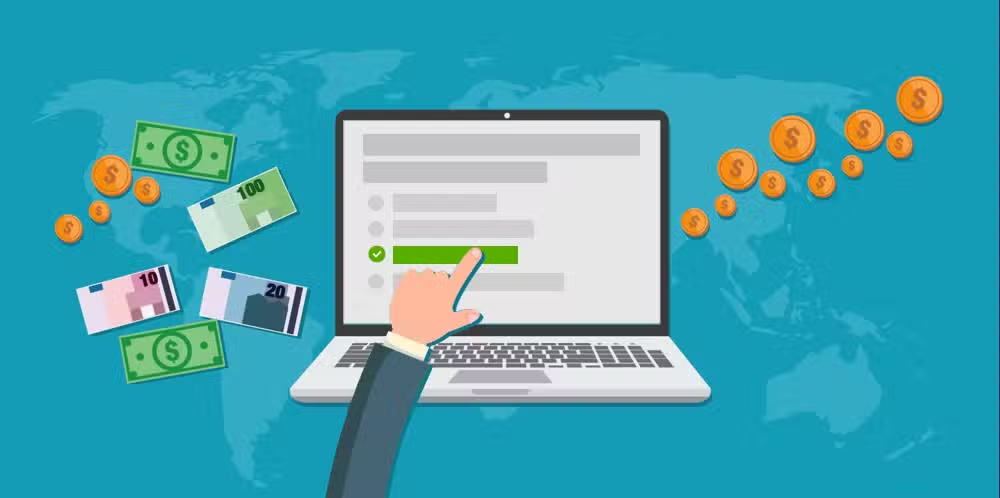Introduction
Did you know that algorithmic trading accounts for over 60% of all U.S. equity trades? Thanks to artificial intelligence (AI), the days of relying solely on gut instinct or manual chart analysis are fading fast. AI-powered trading strategies are revolutionizing how investors approach the stock market, offering precision, speed, and data-driven insights that humans simply can’t match. Whether you’re a seasoned trader or just starting out, understanding how to harness AI can give you a serious edge.
In this article, we’ll explore how AI transforms trading, step you through building your own high-performing strategies, and share real-world examples of its success. By the end, you’ll know the tools, techniques, and pitfalls to avoid—so let’s dive in and unlock the future of trading!
Why AI Is a Game-Changer for Trading
AI isn’t just a buzzword—it’s a powerhouse reshaping financial markets. Unlike traditional methods, AI can analyze massive datasets, spot patterns, and execute trades in milliseconds. It thrives on complexity, crunching numbers from historical prices, news sentiment, and even social media chatter. For instance, hedge funds like Renaissance Technologies have used advanced algorithms to achieve jaw-dropping returns—sometimes exceeding 60% annually—thanks to AI-driven insights.
But it’s not just for the big players. Retail traders now have access to AI tools that level the playing field. Platforms like TradeStation and MetaTrader integrate machine learning to optimize strategies, making AI a must-know skill for anyone serious about trading.
Key Benefits of AI in Trading:
- Speed: Executes trades faster than any human.
- Accuracy: Reduces emotional bias with data-driven decisions.
- Scalability: Analyzes thousands of assets simultaneously.
Step 1: Define Your Trading Goals
Before coding an AI trading bot, clarity is key. Are you chasing short-term gains through day trading or building wealth with long-term investments? Your goals shape everything—data inputs, risk tolerance, and performance metrics.
For example, a scalping strategy (quick, small profits) might prioritize real-time price data and low latency. A swing trading approach, aiming to catch multi-day trends, might lean on technical indicators like moving averages or RSI (Relative Strength Index). Define success too—say, a 15% annual return with a max drawdown of 5%. This keeps your AI focused and measurable.
Step 2: Gather and Prepare Data
AI thrives on data, but garbage in means garbage out. You’ll need high-quality datasets to train your model. Common sources include:
- Historical Price Data: Yahoo Finance, Alpha Vantage, or Quandl offer free or affordable options.
- Market Sentiment: Scrape X posts or news APIs to gauge public mood.
- Economic Indicators: Fed rates, GDP, or unemployment stats from FRED (Federal Reserve Economic Data).
Clean your data by removing outliers or filling gaps—say, a stock’s missing price due to a holiday closure (remember those 252 trading days?). For a real-world case, consider how BlackRock uses alternative data—like satellite imagery of parking lots—to predict retail earnings before they’re public. Your data doesn’t need to be that exotic, but it should be robust.
Step 3: Choose the Right AI Tools and Algorithms
You don’t need a PhD to build an AI trading strategy, but you’ll need the right toolkit. Popular options include:
- Python: The go-to language for trading, with libraries like Pandas (data handling), NumPy (math), and Scikit-learn (machine learning).
- TensorFlow or PyTorch: For deep learning models like neural networks.
- Trading Platforms: Thinkorswim or Alpaca offer APIs to connect your AI to live markets.
Algorithm-wise, start simple. A linear regression model can predict price trends based on past data. Graduate to reinforcement learning, where your AI learns by trial and error—like DeepMind’s AlphaGo but for trading. A 2021 study from MIT showed reinforcement learning outperforming traditional strategies by 20% in volatile markets.
Step 4: Build and Test Your Strategy
Here’s where the magic happens. Let’s say you’re crafting a momentum strategy—buying stocks when they break above their 50-day moving average. Code it in Python:
How Many Trading Days Are in a Year?
import pandas as pd
import yfinance as yfstock = yf.download(“AAPL”, start=”2023-01-01″, end=”2025-03-16″)
stock[“MA50”] = stock[“Close”].rolling(window=50).mean()
stock[“Signal”] = (stock[“Close”] > stock[“MA50”]).astype(int)
Backtest it using historical data to see how it performs. Did it catch Apple’s 2024 rally? Tweak parameters—maybe a 20-day MA works better. Then forward-test with paper trading (fake money) on platforms like Interactive Brokers. This avoids the rookie mistake of overfitting—where your AI aces the past but flops in real time.
Pro Tip: Use a Sharpe Ratio (return/risk) to measure performance. Aim for 1.5 or higher.
Step 5: Optimize and Deploy
Once tested, refine your model. Machine learning excels here—say, a random forest to weigh factors like volume, volatility, and sentiment. A 2023 Goldman Sachs report noted AI-optimized portfolios beating benchmarks by 10% during rate hikes. Deploy your strategy via an API to automate trades, but start small—$1,000, not your life savings.
Monitor it daily. Markets evolve, and so should your AI. If it’s bleeding cash, debug the code or rethink inputs. Flexibility is your edge.
Real-World Example: AI in Action
Take QuantConnect, an open-source platform where users build AI strategies. One user, “TraderX,” shared a model blending LSTM neural networks (great for time-series data) with X sentiment analysis. It flagged Tesla’s 2024 surge early, netting a 25% gain in three months. The secret? Combining price trends with Elon Musk’s tweet hype—proof AI can handle both numbers and noise.
 Caption: AI-driven trading outperforms traditional methods in volatile markets.
Caption: AI-driven trading outperforms traditional methods in volatile markets.
Pitfalls to Avoid
AI isn’t foolproof. Overfitting can trick you into thinking you’ve cracked the market—until it crashes. Black-box models (where you don’t understand the logic) can also backfire. And don’t ignore costs—trading fees and latency can eat profits. Start simple, validate often, and scale cautiously.
Conclusion
Building high-performing trading strategies with AI is no longer sci-fi—it’s today’s reality. From defining goals to deploying a live bot, AI empowers traders with speed, precision, and adaptability. Whether you’re scalping pennies or hunting trends, the steps are clear: gather data, pick tools, test rigorously, and optimize smartly. The payoff? Strategies that outpace the market, as seen with hedge funds and retail wizards alike. Ready to take the plunge? Start small, experiment, and let AI amplify your trading game. What do you think—will AI be your next trading partner? Share your thoughts in the comments!



